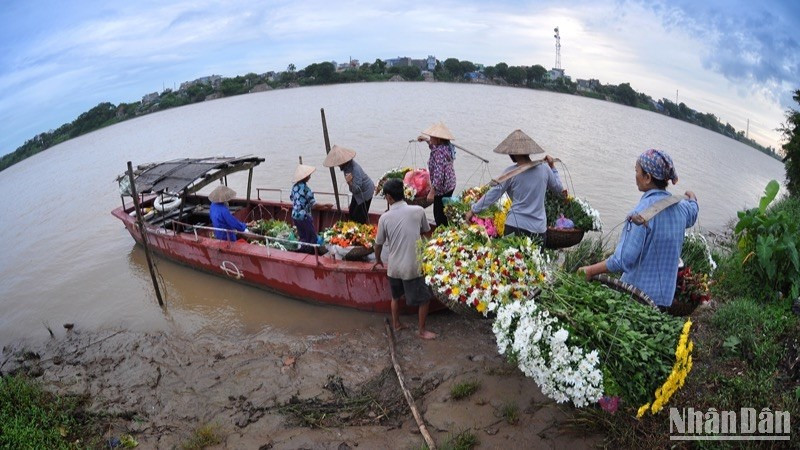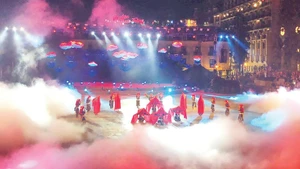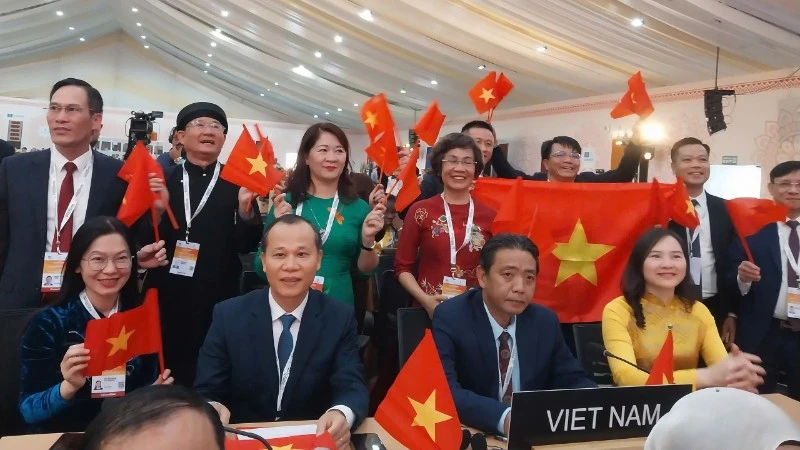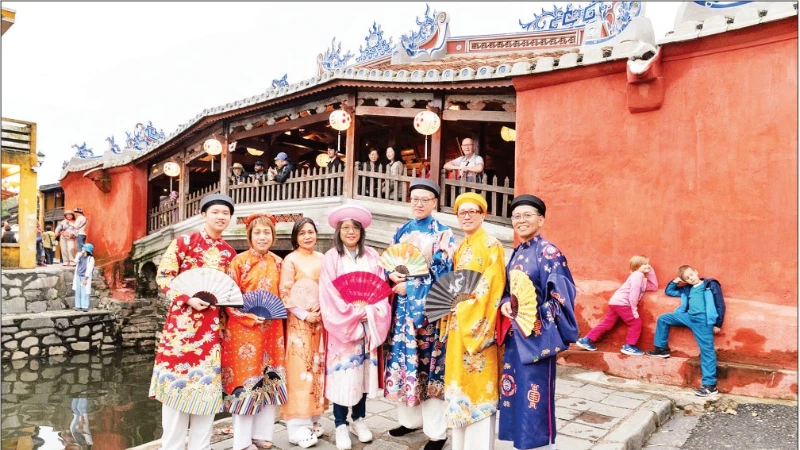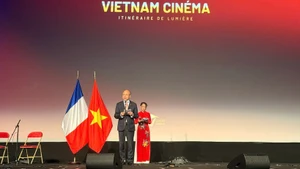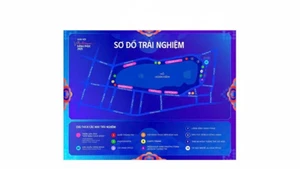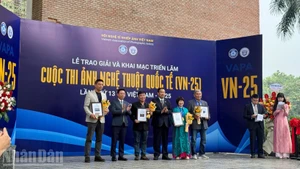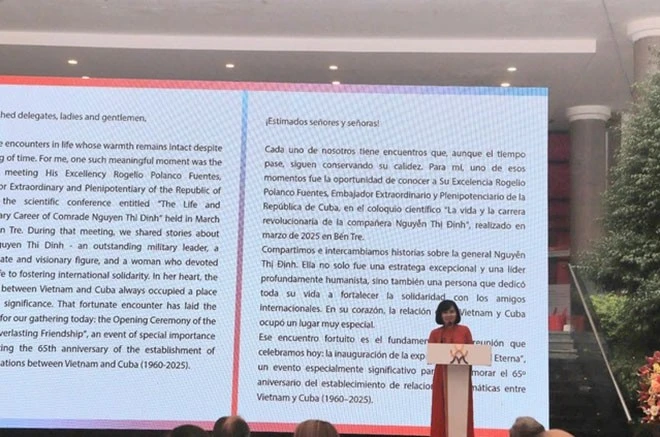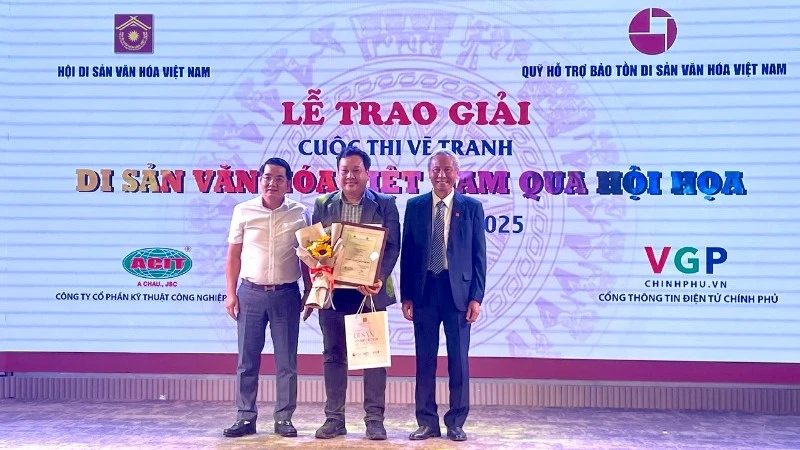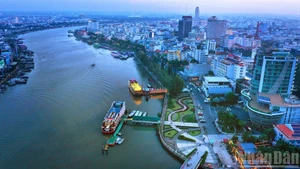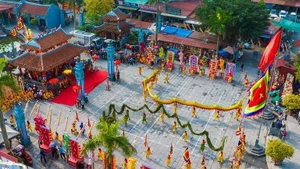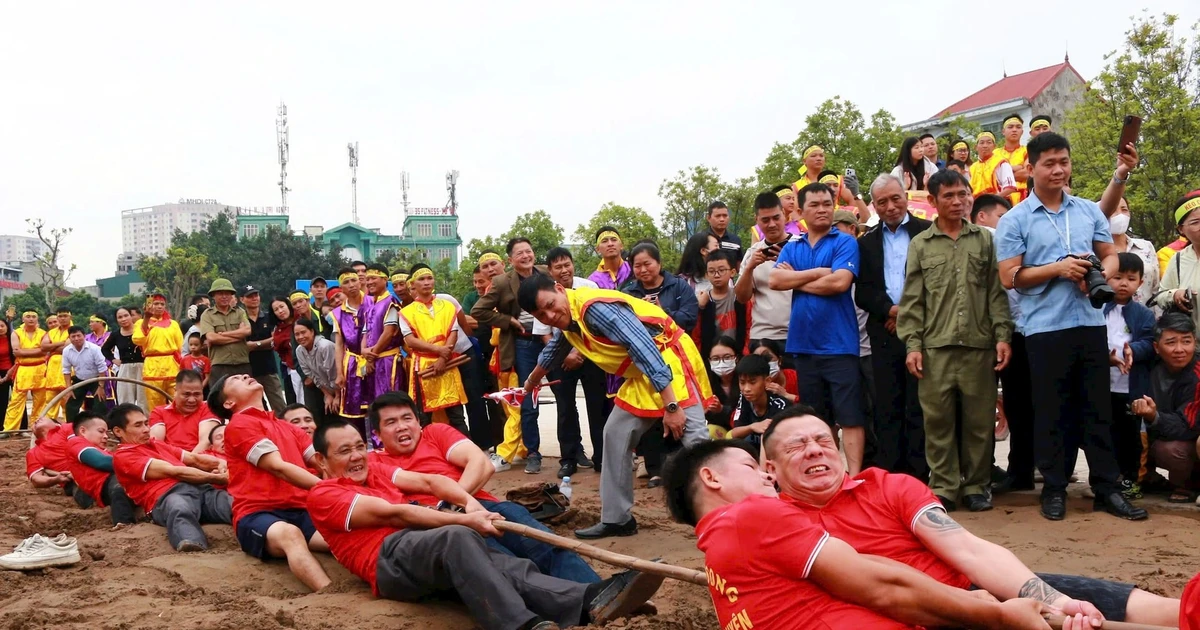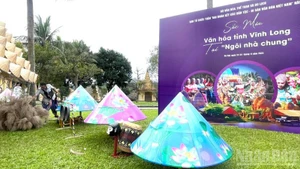To realise this goal, the Politburo and the Secretariat have tasked the Ministry of Culture, Sports and Tourism with drafting the Project on Promoting Cultural International Integration. The objective is not only to consolidate the cultural strength of the nation but also to affirm Viet Nam’s image and stature internationally, and contribute to the cultural development of humanity.
From practical demands to foundations for policy-making
Viet Nam is a country rich in cultural heritage, possessing its own unique value system and has never been assimilated despite many historical upheavals.
However, in this global era, mere preservation is no longer sufficient. Cultural identity must be developed on a foundation of selective integration, absorbing global cultural essence to enrich endogenous cultural capital while spreading the nation’s unique values abroad.
To implement this orientation in a scientific and systematic way, it is essential to build a set of criteria to assess the two-way cultural impact of the integration process.
This set of indicators, both quantitative and qualitative, would serve as a policy-making tool, helping design comprehensive frameworks, set clear goals, and devise effective strategies to promote Vietnamese culture globally and actively adapt to foreign influences.
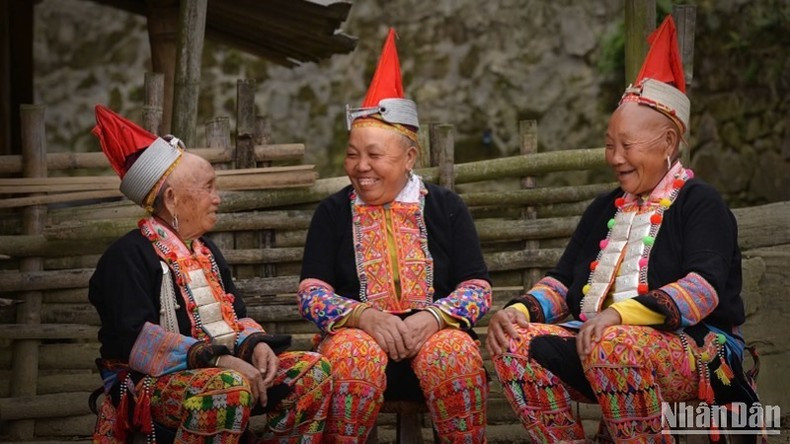 |
| Viet Nam is a country with rich cultural identity. (Photo: VU LINH) |
In reality, Viet Nam is strongly influenced by global cultural trends, especially from the Republic of Korea (RoK), Japan, and China. These influences have deeply penetrated Vietnamese society, affecting film, music, fashion, consumer behaviour, and lifestyles.
Cultural festivals such as “Korea Day,” the “Cherry Blossom Festival,” international exchange programmes, tourism fairs, and art exhibitions have become important bridges for mutual understanding and enrichment of people’s spiritual life.
Conversely, elements of Vietnamese culture such as cuisine, folk arts, UNESCO-recognised heritage, and traditional attire, have also made appearances in many countries. However, there is still a lack of tools to assess the effectiveness, level of outreach, or the degree to which Vietnamese culture shapes public perceptions abroad.
In recent years, Viet Nam has actively promoted its culture, tourism, agricultural products, and creative goods internationally through World Expo editions, Vietnamese Cultural Weeks abroad, Vietnamese Days in other countries, festivals, and international celebrations. These activities help bring the image of Viet Nam and its people closer to global audiences.
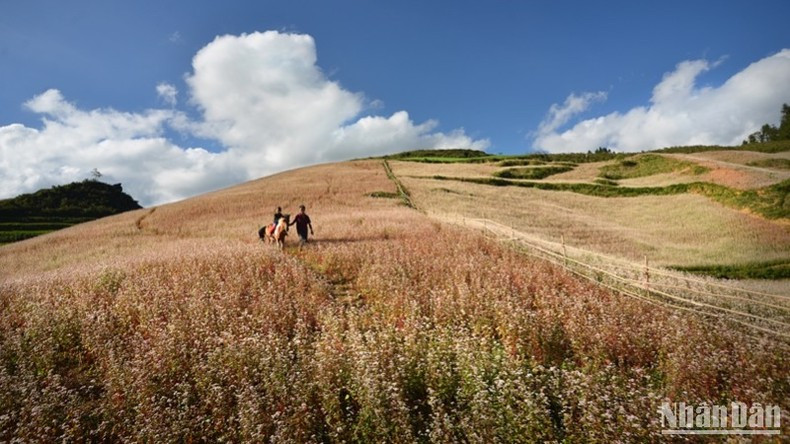 |
| Viet Nam actively promotes tourism through international exchange activities. (Photo: VU LINH) |
However, such efforts still lack systematic coordination, mechanisms for media monitoring and feedback analysis, making it difficult to refine content, identify policy priorities, invest in the right cultural sectors, or manage the impact of foreign values, especially on the youth, who are highly impressionable.
Compared to its potential, Viet Nam still lacks a strong enough ecosystem to support these activities, as well as measurement mechanisms, clear indicators, and quantitative reporting on communication effectiveness and Viet Nam's image positioning in the global arena.
A set of indices: the strategic foundation for policy-making
In the digital age, where geographical boundaries are blurred by technology and cultural exchange occurs rapidly in multiple directions, “cultural assessment,” “identity measurement,” and “cultural metrics” are increasingly essential.
Embracing foreign values must go hand-in-hand with the ability to localise and adapt them into Viet Nam’s cultural fabric.
In contrast, for Vietnamese culture to captivate the world, a comprehensive strategy supported by a strong ecosystem, including media, policy, content creation, and cultural diplomacy, is crucial.
At a recent consultation conference for the project, Vu Manh Hung, Deputy Director of the Social Affairs Department at the Party Central Committee’s Commission for Policy and Strategy emphasised the importance of a set of criteria to assess the two-way impact of cultural integration.
Such a framework should not only measure the influence of imported culture on domestic socio-economic life, but also evaluate how effectively Vietnamese culture spreads globally.
Several experts concurred that building such a set of indicators is essential to ensure the project’s feasibility, effectiveness, and scientific validity.
The criteria must be multidimensional, integrating both qualitative and quantitative methods to holistically evaluate: impacts on consumer preferences and behaviour, lifestyle trends, value systems, language, aesthetics; recognition and global reach of Vietnamese cultural products; contributions to tourism, cultural exports, and educational-media cooperation; and levels of international reception by region and demographic.
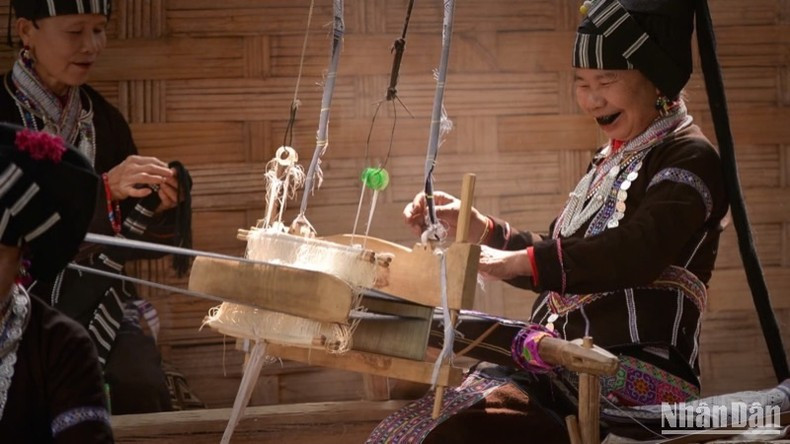 |
| Vietnamese cultural identity is being increasingly promoted abroad. (Photo: VU LINH) |
Countries that have successfully elevated culture to the level of national soft power have invested heavily in measuring its impact. The RoK, for instance, was early to establish metrics for the export success of its creative products—from cinema and K-pop to cosmetics and fashion. Japan similarly integrates cultural exchange programmes with assessment systems to adapt content for each target market.
What these countries share is a comprehensive strategy supported by a synchronised ecosystem, spanning policy, creative industries, media, and public feedback.
Receiving international culture should not stop at imitation—it must be localised to align with traditional Vietnamese values and national interests.
Likewise, Vietnamese “internationalising” culture should not be a spontaneous export of cultural products, but a coordinated effort, strategically selected, measured, and managed.
A scientifically developed set of indices will provide a foundation for specific action plans, efficient resource allocation, content adjustment for various markets, and sustainable cultural outreach.
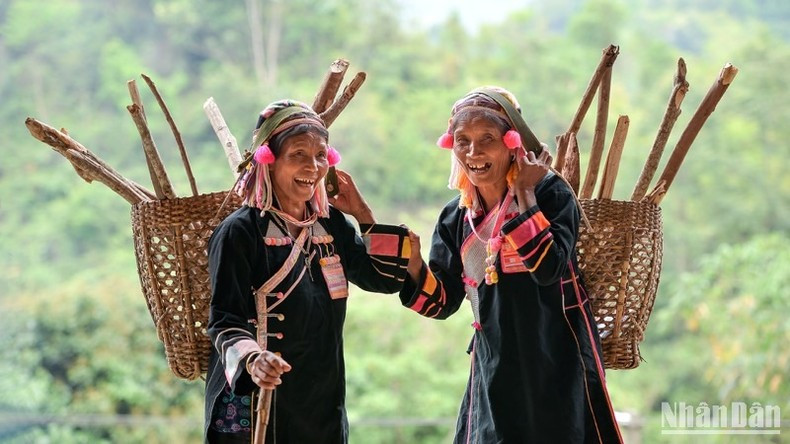 |
| Spreading the image of Viet Nam rich in cultural identity. (Photo: VU LINH) |
The Ministry of Culture, Sports and Tourism should incorporate the creation of this set of indices as a strategic component of the Project on Promoting International Cultural Integration. It is not merely an assessment tool, but a foundation for defining national identity amid globalisation.
With a standardised measurement system, the project can avoid emotional or trend-driven approaches and instead develop Viet Nam’s soft power in a profound and sustainable manner.
Importantly, in a comprehensive development strategy, quantifying culture through indicators, data, and analytical tools will serve not only the cultural sector but also become a valuable resource for commerce, tourism, education, and technology—thereby spreading the values of truth, goodness, and beauty, and affirming Viet Nam’s image as a dynamic, creative, and culturally rich nation in the global arena.
